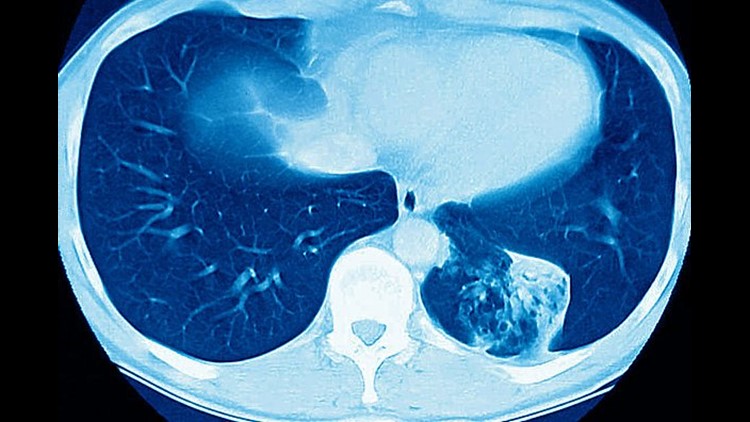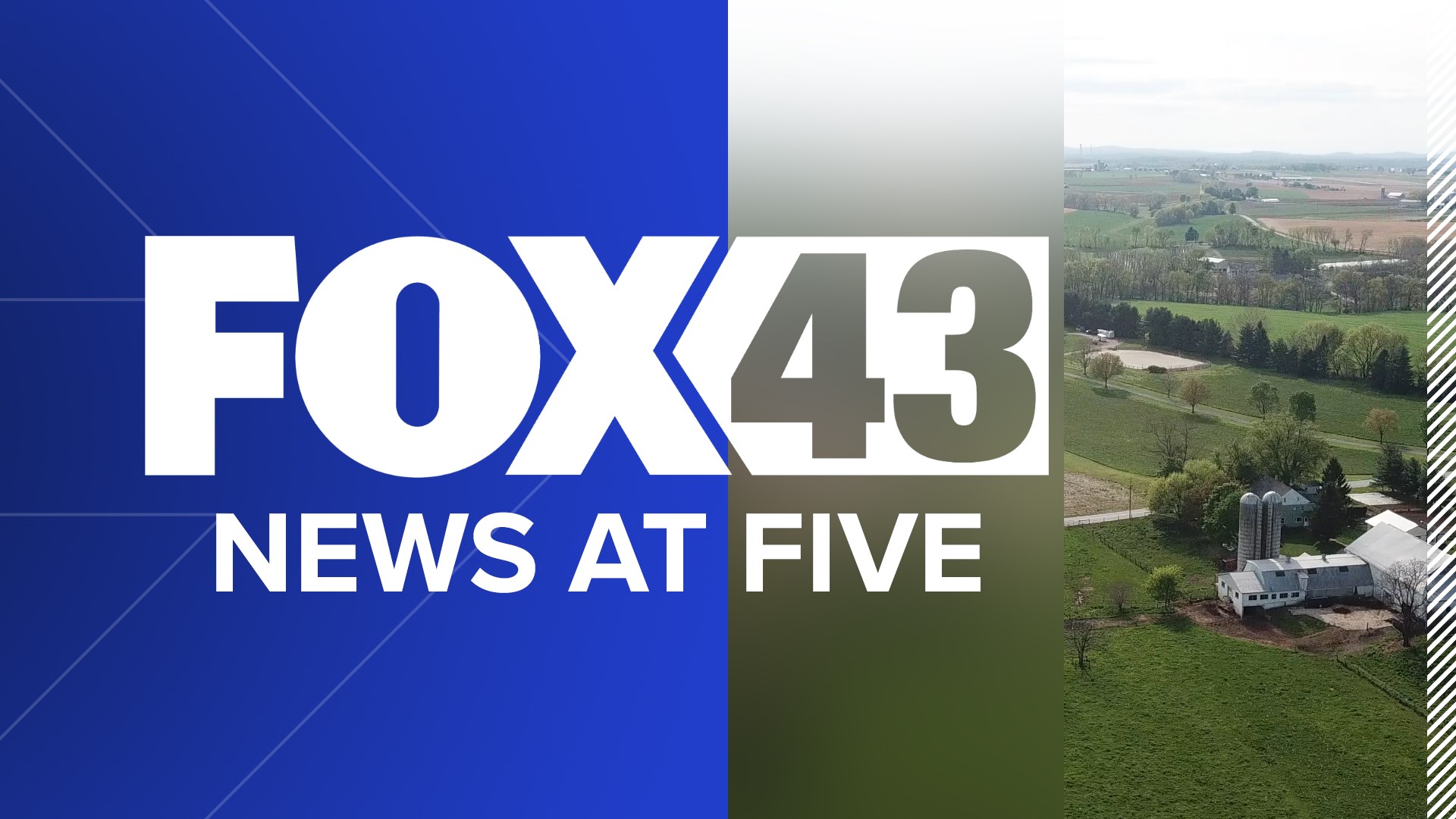Over the past decade, the rate of new lung cancer cases diagnosed in the United States has dropped 19% and the five-year survival rate has climbed 26%, according to a new report.
Yet lung cancer remains the leading cause of cancer death nationwide — and your chances of surviving lung cancer can vary drastically depending on where you live.
The American Lung Association’s “State of Lung Cancer” report, published Wednesday, found the national incidence rate of lung cancer between 2012 and 2016 was 59.6 cases per 100,000 people. Those rates varied by state — ranging from 27.1 in Utah to 92.6 in Kentucky.
The five-year survival rate of lung cancer, which was 21.7% nationally, also varied by state — ranging from 26.4% in Connecticut to 16.8% in Alabama, according to the report.
Experts have long known that detecting lung cancer early can improve chances of survival, but the stage at which someone is diagnosed with lung cancer was also found to significantly vary by state. The report found that the early diagnosis rate was highest for Wyoming, at 28.1%, and lowest for Alaska, at 16.6%.
“Most cases are only caught at a very late stage. You don’t get symptoms until it’s very late and it’s very developed,” said Zach Jump, national director for epidemiology and statistics at the American Lung Association.
“If you get diagnosed at an early stage, which very few people are, the tumor’s often limited, it hasn’t spread and at that point, you’re often eligible for surgery where they can cut it out and it’s essentially curative,” he said. “The difference between an early diagnosis and a late diagnosis is about a five times higher survival rate.”
He added that one of the “key messages” from the report is for those at high risk to talk to their health care provider about screening.
The US Preventive Services Task Force recommends yearly lung cancer screening for current or former smokers with a smoking history of 30 or more pack years — meaning they smoked one pack a day for 30 years or two packs a day for 15 years. Those recommendations are for adults, ages 55 to 80, who either currently smoke or quit within the past 15 years.
Screening rates among adults found to be “high risk” were only 4.2% nationally, according to the report. Screening rates among this group ranged from 12.3% in Massachusetts to 0.5% in Nevada.
The report was based on data from the North American Association of Central Cancer Registries; the National Cancer Institute’s Surveillance, Epidemiology and End Results Program; and the US Centers for Disease Control and Prevention.
“The report found that lung cancer rates for every measure vary significantly by state, and that every state can do more to defeat lung cancer, such as increasing the rate of screening among those at high risk, addressing disparities in receipt of treatment, decreasing exposure to radon and secondhand smoke and eliminating tobacco use,” researchers wrote in the report.
“This report provides unique information for state officials, policymakers, researchers and those affected by lung cancer and emphasizes the need for resources and action to decrease the toll of lung cancer across the country.”



